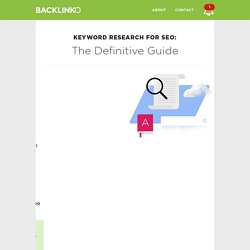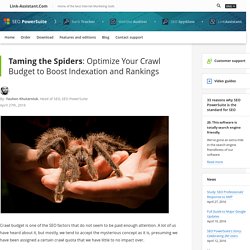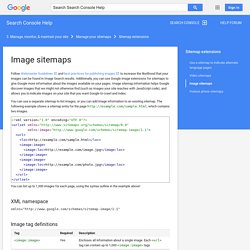

The Ultimate Guide to SEO for E-commerce Websites. There’s no question that ranking higher than your competitors on Google is a must.

But, what if you don’t know the SEO tips and tricks that will get your e-commerce site to the top? If you’re missing out on clicks, you’re probably also missing out on sales. Whether you’re just getting started with a new website or improving an existing site, this complete guide provides useful tactical suggestions for stepping up your SEO game. These days, reaching the first page isn’t enough. You must rank #1. In 2011, Search Engine Watch reported that a research study by Optify discovered that “websites ranked number one received an average click-through rate (CTR) of 36.4 percent; number two had a CTR of 12.5 percent; and number three had a CTR of 9.5 percent.” Another study by Gabe Donnini at Marketing Land last year supported Optify’s findings. What does this mean in layman’s terms?
Do you want to know how to rank your e-commerce site? Part 1: Research Why? Research is the most important piece of SEO. Keyword Research for SEO: The Definitive Guide. You may be wondering: “What is a Niche Topic, exactly?”

A Niche Topic is a topic that your target customer is interested in. In other words, this isn’t a specific keyword. It’s a broad topic. (I’ll show you exactly how to extract keywords from your Niche Topics later in this guide) For example, let’s say that you run a business that sells basketball hoops. As we saw earlier, the GKP is pretty useless at giving you anything but very, very closely related keywords. While some of these keywords might be a great fit for your business, there are dozens of others that are less competitive…and just as lucrative. Unfortunately, these keywords can be REALLY hard to find. Optimize Your Crawl Budget for Better Rankings: 7 Steps.
By: Yauhen Khutarniuk, Head of SEO, SEO PowerSuite April 27th, 2016 Crawl budget is one of the SEO factors that do not seem to be paid enough attention.

A lot of us have heard about it, but mostly, we tend to accept the mysterious concept as it is, presuming we have been assigned a certain crawl quota that we have little to no impact over. Or do we? From over 10 years in SEO, I can tell you one thing for sure: in any industry, crawl budget is something we can — and should — optimize for SEO success. Of course, as things go with SEO, the relationship between crawl budget and rankings isn't 100% straightforward. Web spiders: the good and the bad Web spiders, crawlers, or bots, are computer programs that continuously "visit" and crawl web pages to collect certain information from and about them.
Depending on the purpose of the crawling, one may distinguish the following types of spiders: Search engine spiders, Web services' spiders, Hacker spiders. Hackers breed spiders too. The experiment 1. 2. Image sitemaps - Search Console Help. Follow Webmaster Guidelines and best practices for publishing images to increase the likelihood that your images can be found in Image Search results.

Additionally, you can use Google image extensions for sitemaps to give Google more information about the images available on your pages. Image sitemap information helps Google discover images that we might not otherwise find (such as images your site reaches with JavaScript code), and allows you to indicate images on your site that you want Google to crawl and index. You can use a separate sitemap to list images, or you can add image information to an existing sitemap. The following example shows a sitemap entry for the page which contains two images. <? You can list up to 1,000 images for each page, using the syntax outline in the example above!
XML namespace xmlns=" Step-By-Step Guide For E-Commerce SEO.